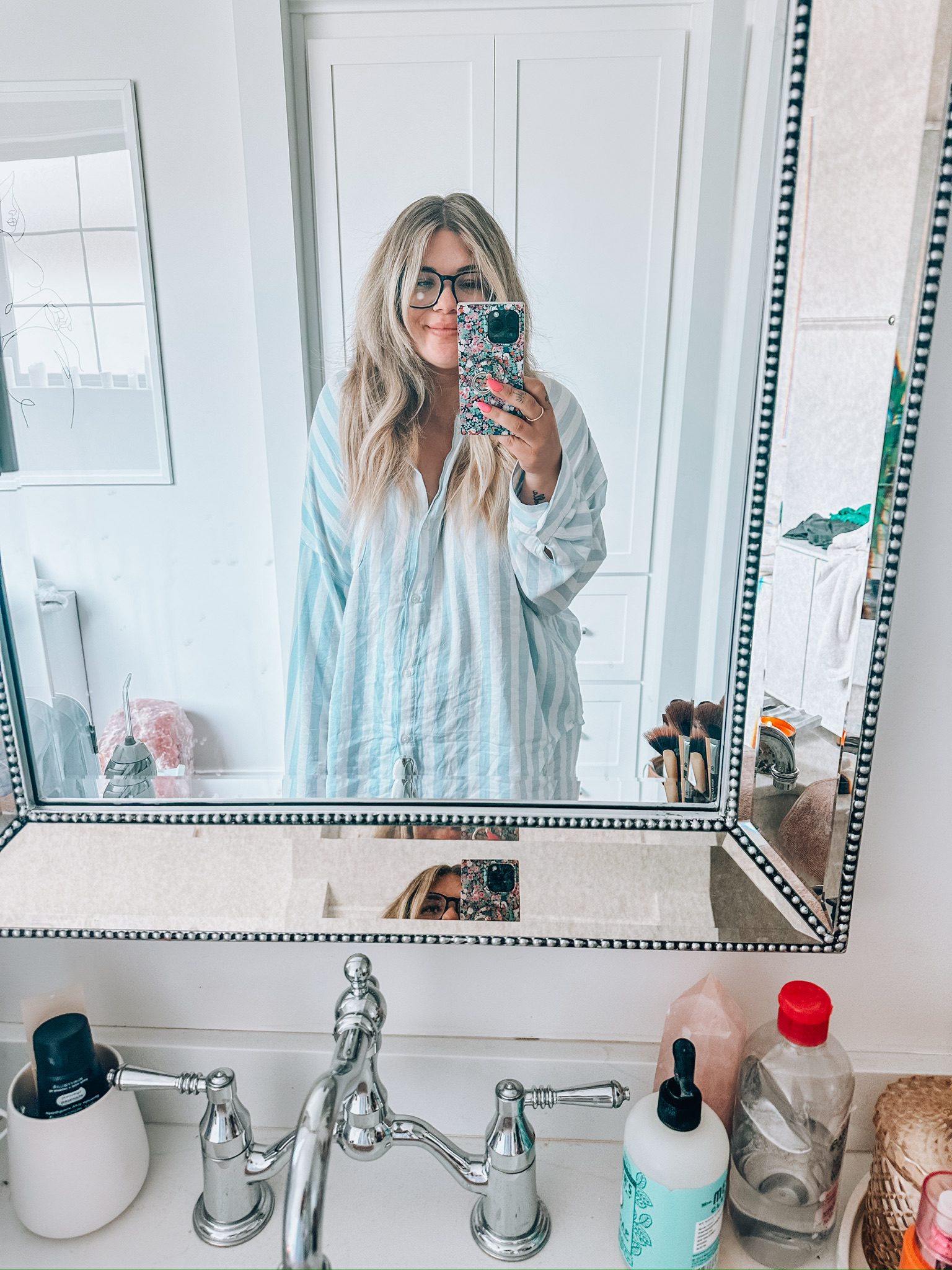

Apple Podcast | Spotify
Links Mentioned in This Episode:
Hello, beautiful friends! I’m so glad you’re here today because we’re diving deep into a topic that’s heavy but crucial for so many of us: the abandonment wound. Whether this wound stems from childhood, a relationship, or even societal conditioning, it has a profound impact on how we navigate our lives and relationships. Today, we’re going to unpack what the abandonment wound is, how it shows up in our lives, and most importantly, how we can start healing from it.
What Is the Abandonment Wound?
The abandonment wound typically begins in childhood, sometimes even before we’re born. It can be caused by a variety of experiences, such as being adopted, feeling neglected by emotionally unavailable parents, or witnessing a significant loss in someone close to you. When you experience this kind of abandonment, it creates a deep-seated belief that you’re not worthy, you’re defective, or you’re not enough. This belief then manifests in various ways throughout your life, particularly in your relationships.
Physical Abandonment vs. Emotional Abandonment:
It’s important to differentiate between physical and emotional abandonment. Physical abandonment might look like being left by a parent or caregiver, while emotional abandonment can be more subtle but just as impactful. It occurs when your emotional needs are not met—when you feel dismissed, invisible, or like you can’t show up fully as yourself. This can create confusion because, on paper, it may look like everything is fine, but internally, the wound runs deep.
How Does the Abandonment Wound Manifest in Adults?
The abandonment wound shows up in adulthood in so many different ways. Here are a few common signs:
- Chasing and Running Dynamics in Relationships:
If you’re constantly chasing someone for validation or trying to avoid being hurt, it’s likely connected to the abandonment wound. You may find yourself fearing that your partner will leave, even if there are no signs of that happening. - Anxious or Avoidant Attachment Styles:
People with abandonment wounds often display anxious or avoidant attachment styles. Anxious individuals might feel clingy or overly concerned with their partner’s whereabouts, while avoidant individuals might distance themselves emotionally to avoid getting hurt. - People-Pleasing and Self-Abandonment:
You may sacrifice your own needs and desires to keep the peace or gain approval from others. This self-abandonment is a survival mechanism that stems from not feeling safe or worthy of love just as you are. - Physical Symptoms:
Unprocessed emotions from abandonment can show up as physical pain or illness. This might include chronic pain, inflammation, or digestive issues. Your body is literally holding onto the stress and trauma, trying to signal that something needs to be addressed. - Emotional Suppression:
You might have a tendency to bottle up your emotions or downplay your needs, believing that they’re not as important as those of others. This suppression can lead to feelings of unworthiness and increased anxiety.
How to Start Healing the Abandonment Wound
Healing from the abandonment wound requires a multi-faceted approach. Here are some key steps to help you on this journey:
- Acknowledge and Validate Your Experience:
The first step to healing is recognizing and validating your experience. Understand that your feelings are valid, and you’re not being “dramatic” or “too much.” This wound is real, and it has affected your life in profound ways. - Create Safety Within Your Nervous System:
- Much of the work involves re-establishing a sense of safety in your body. Practices like grounding techniques, deep breathing, and self-soothing exercises can help you move from a state of survival mode (fight, flight, freeze, or fawn) to a state of calm and balance.
- Grounding Exercise:
- Name five things you can see around you.
- Identify four things you can physically feel.
- Acknowledge three things you can hear.
- Notice two things you can smell.
- Focus on one thing you can taste.
- This simple exercise helps bring you back to the present moment and calms your nervous system.
- Reprogram Self-Abandonment Patterns:
Self-abandonment often shows up as saying yes when you mean no, or pushing through exhaustion to meet someone else’s expectations. Start by tuning into your body’s signals. If something feels off, give yourself permission to say no or to pause. - Integrate Pleasure and Play:
One of the reasons we fall into self-abandonment is because we don’t allow ourselves to experience joy and pleasure. Make time for activities that you love, whether that’s dancing, drawing, or simply taking a walk in nature. When you prioritize your own happiness, you start to create a life that’s aligned with your true self. - Build a Support System:
Healing is not a solo journey. Surround yourself with people who understand your experience and can support you in a loving, non-judgmental way. Whether it’s friends, a therapist, or a community group, having a safe space to express yourself is crucial. - Embrace Radical Self-Compassion:
Speak to yourself with kindness and compassion. Recognize that healing is not linear and that setbacks are part of the process. The more you can show up for yourself with love, the more you’ll heal that deep-seated wound.
Final Thoughts
The abandonment wound is a heavy burden to carry, but with awareness, compassion, and practical steps, you can start to heal and create a life that feels secure and fulfilling. Remember, you’re not alone in this. So many of us are on this journey, and together, we can support each other in healing and growth.
If this resonates with you, please share your thoughts and experiences. I’d love to hear how you’re navigating your own healing journey. And if you want to dive deeper into these topics, join us in the Collective where we’ll be discussing this and so much more.
Thank you for being here with me today. I’m sending you all the love and healing vibes. 💖
Resources & Next Steps
If you’re ready to take your healing journey to the next level, I’ve created a resource library for you at alliecasazza.com/tpslinks. You’ll find free workbooks, guides, and links to everything we discussed today. Let’s keep growing together!











+ show Comments
- Hide Comments
add a comment